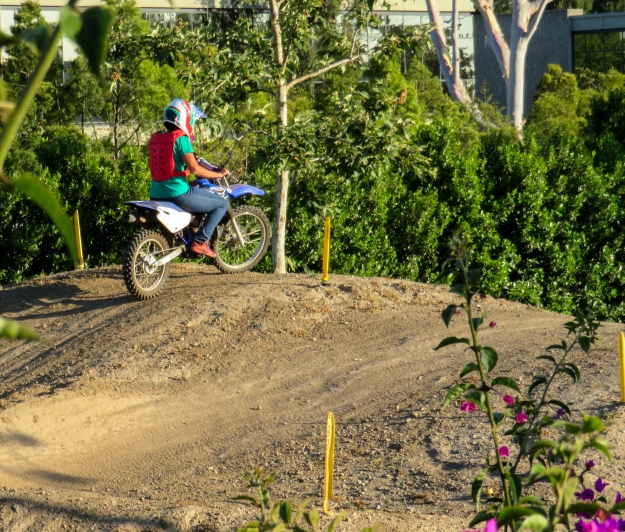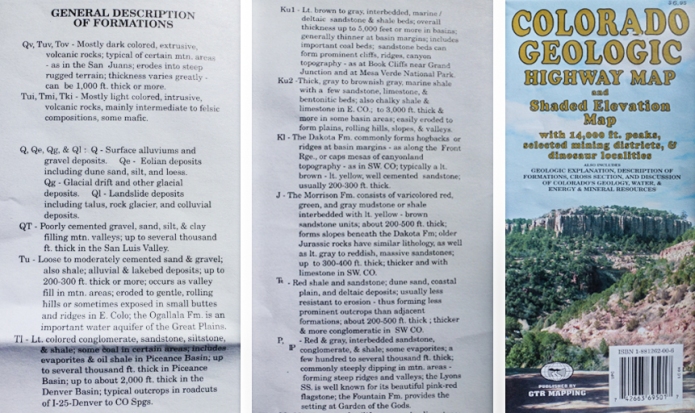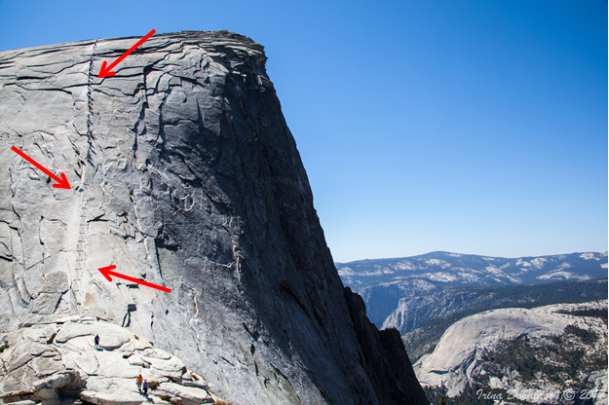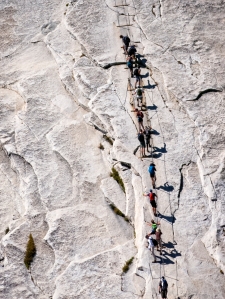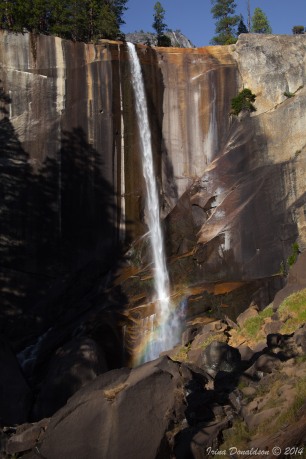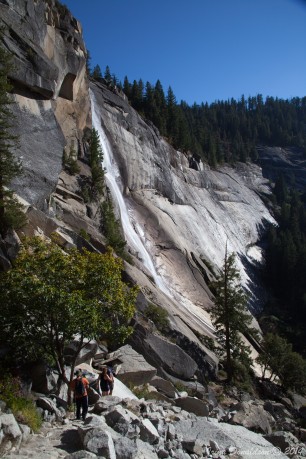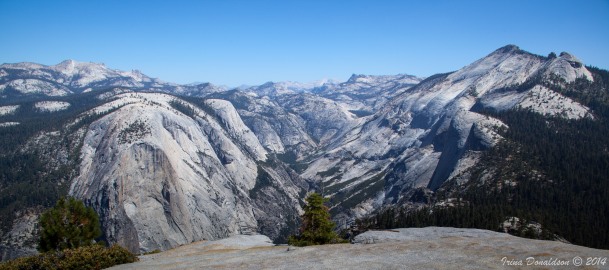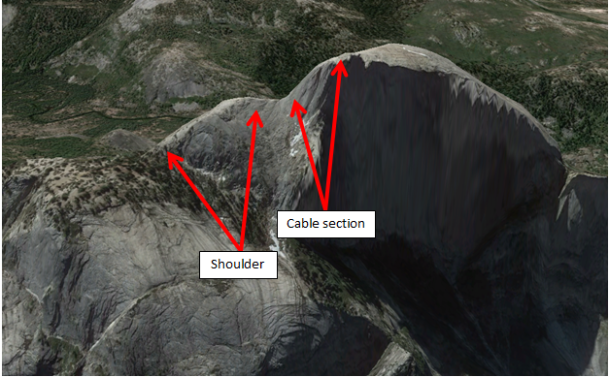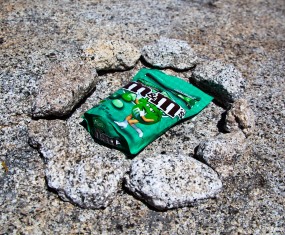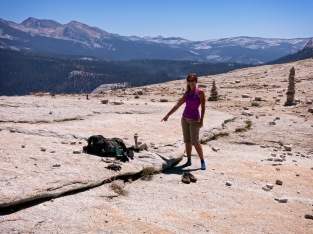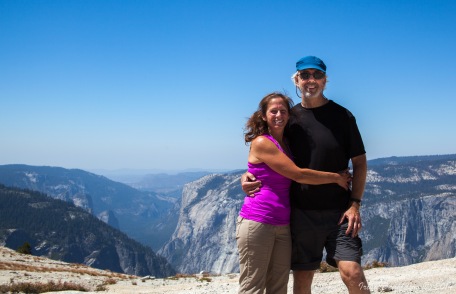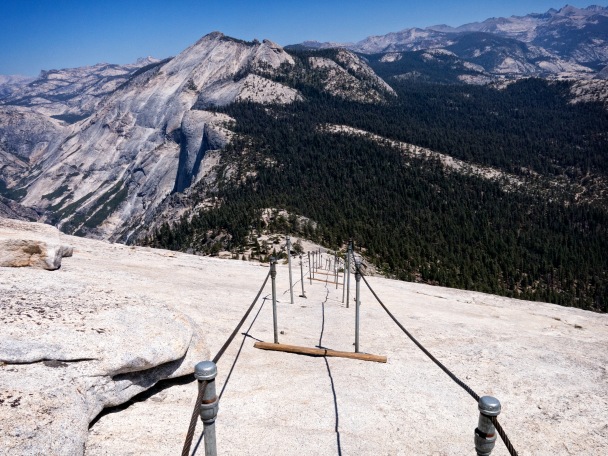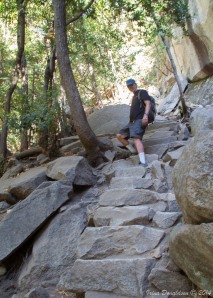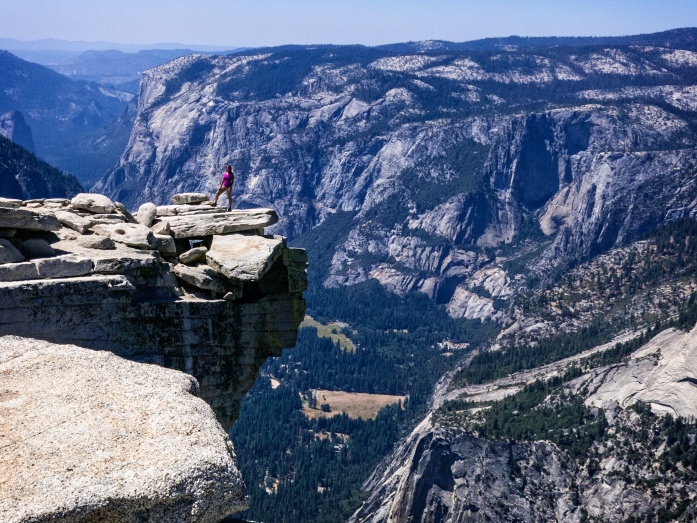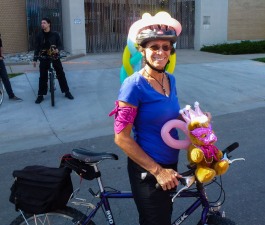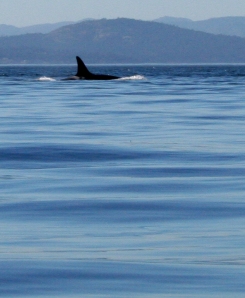I wait. Every morning I watch the pine’s upper branches and hope the hidden nest will be revisited. So far the crows are elusive. The dog and I go running, invariably greeted by a few dozen crows that roost down the hill, and I wonder how the people living there have adjusted to the constant cawing. And I wonder whether the babies “we” had last spring live there and recognize us with fondness.
It was last April when I watched one, surely the male, standing defiantly on a pine branch, as his mate alighted beside him and gave him that look, which truthfully he adored. But on this point he was adamant. Why couldn’t she accept that?
“I don’t understand why you insist on so many pine cones every year,” she declared. “They crowd our eggs. It doesn’t make sense.”
The breeze rocked their branch, sunlight speckling their feathers, so black they almost looked blue. She took a step away from him, turning in the other direction. Each spring it was the same story. She and their son pruned twigs for the nest foundation. They flew far to locate tufts of fur no longer in use, thoroughly searched bags on garbage day for shiny baubles and old socks, dryer lint and other soft valuables to be used as bedding.
Bark. Bark was plentiful, its underside soft for their babies.
“I like the pine cones,” he replied, jumping up one branch. “I want our babies to be raised surrounded by meaningful objects. And they’re not as spiky as you seem to think. You just need to be a little more careful,” he said, focusing on the injury healing on the side of her beak.
“Hey guys, look what I hound!” Their son returned from far and wide, speaking around a pinecone.
She threw her wings up in frustration and flew off.
I was digging a new flower bed, getting it ready for poppies, Shasta daisies, and peonies, when the couple flew over me, low, their strong wings flapping audibly. Still arguing.
“No more pinecones!”
They were building a nest near the top of a mature Ponderosa pine, in a cluster of branches close to the trunk, likely in the same neighborhood as their previous address. Several times each day I watched as they remodeled. Breezes swayed their chosen site, but they hopped around, impervious to gravity, 60 feet off the ground. They fluffed up this corner, rearranged that corner, though the particulars of their home were hidden from me. All I saw were heads appearing and disappearing among the needles, an occasional wing flap.
Binoculars didn’t help. What I needed was to climb up to take a look, perhaps offer my help. Reluctantly, I stayed out of their business, tending the flower bed.
Our crows in Colorado are the American crow (Corvus brachyrhynchos), also called the common crow. They build nests often as a family activity, with young from previous broods pitching in. They are non-migratory in Colorado, and territorial, though individuals wander off to sleep with large flocks at roost sites, such as the one along my running route. A roosting site may house thousands of birds, which then disperse as far as 40 miles at mealtime.
There is some uncertainty in how old crows are when they begin to reproduce, but the numbers fall within wide ranges: males from 2-5 years old, and females 3-6 years. This gives the young plenty of time to help raise their siblings, and perhaps explains the strength of their family units, which may consist of 15 individuals.
This year I studied a single young crow helping to assemble the nest, as did his siblings when he was little. He helped Dad feed Mom as she incubated his future brothers and sisters. New feathers gleamed in the sunlight, his wings strong, allowing him to effortlessly reach the tree top without frantic flapping. Hopefully this nest was more than a decoy built to confound raccoons, owls and hawks. The little family spent quite a bit of time sprucing this one up, and often a pair perched close by while one remained in the nest, so it was promising.
Nearly 2 weeks went by with the trio bringing in load after load, pruning twigs from the chosen site. There might be a single caw, causing me to look up from the Larkspurs I was consolidating in a bed. But they were abnormally quiet, typical of the nest-building and incubation periods. No sense in alerting predators to freshly laid eggs.
After a time, mother stopped leaving the nest, as the other two stood on guard nearby. One particular morning, a pair of undisciplined squirrels playing too close were surprised by the crows. Squirrels ran down the tree, black wings followed, squirrels jumped, until after extensive chippering and cawing, the boundaries of the crow territory were emphatically made clear. At least for the moment.
For weeks the mate and offspring frequently dropped by the nest, mere seconds at a time, hopped to an outside branch, then flew off again. I knew they were bringing the mother her favorite treats, such as mice, earthworms or insects, a side of seeds or fruit, maybe some juicy garbage. Crows also eat other nestlings, and carrion, though I tried not to think of such things. And we don’t have turtles or fish in the immediate area, so I wasn’t expecting piles of turtle shell detritus.
On occasion, I knew she would leave the nest, leaving one of her helpmates to guard, but I can’t distinguish male from female, and had no idea whether she trusted these two knuckleheads that much. The mothers do get a bare “brood patch” on their undersides from where they sit on the eggs, which hasn’t been seen in males. I suppose I could have clomped into the house with muddy shoes to find the binoculars, but I had pine needles to rake from the last winds.
The nest takes up to a couple of weeks to construct the bundle of branches and twigs forming the foundation, roughly 18” in diameter and 9” deep, along with the soft inner cup, up to 14” in diameter. Despite unruly spring weather, it will remain intact, protecting the little ones for their first few weeks.
After the nest is completed, egg laying begins. Another 2 weeks could go by without an egg, but then suddenly, one late morning, like an afterthought, out it comes. Then every day or two, usually late morning, another egg appears, until there are 3-5 eggs, or sometimes as many as 9. The large number of eggs helps offset the 50% mortality in the first year.
What I needed was a drone. There was no way to peer into the nest from below, and I’m not allowed to climb the pine trees anymore. What I expected to find were pale blue to olive green eggs, with brown and grey blotches on the bigger end, maybe ½” long, or as big as 3”. What was in that nest, I wondered.
Incubation takes 16-19 days, but I knew we were past that, that the babies already had hatched, when on June 8 there was a dead baby, just 5” long, with its blunt yellow bill and little feathers. It looked like it had been manipulated, perhaps carried the 100 yards from the tree by the neighbor dog. Had the little thing fallen out of the nest perched so high up? I worried that the nest was raided, but there was still plenty of activity.
To this point, the crows had potentially invested a couple of weeks building the nest, waited 1-4 weeks to have all the eggs laid, and incubated them 2 or so weeks. It was nearly the middle of June and we knew there were probably several other little feathered critters starting to fill up the nest. Dad and sibling became noisy again, but stayed close by, dropping off a constant supply of food. Through the branches I could see tail feathers pointing upward, then downward and a head would reappear.
At about 4 weeks old, the little ones would learn to fly. Until then, the nest was actively defended from the baby squirrels, using the pinecones so enthusiastically collected earlier.
It was the 3rd week in June when, in the quiet of the morning, I first heard baby cawing sounds. This family had trained me to look toward The Tree any time there was cawing. With a mumbling sound that sort of sounded like a duck quacking, a crow arrived in a nearby tree, announcing his arrival. They mumbled back and forth before he approached further, gliding toward an outer branch next to the nest, before hopping to greet Mom and babies. And then these little voices started their muted cawing, presumably to get more food than their sibling. The large crow hopped out of the nest, as the babies stopped crying.
A couple of weeks later, there was a pair of full-sized crows ineptly gliding from branches to ground, hopping around, jumping back up onto branches. These were our new babies, fledging!
I watched proudly as they practiced flight in the trees nearer our house, emulating their big brother. For days they challenged each other to try getting back up to the nest, hopping around the tall grasses as parents looked on, ready to defend them from ground-based predators, then jumping to lower branches, gliding back down.
Before long, before my fascination waned, they were gone. One third of their year had been taken up providing the next generation.
I supposed the large flock that roosted at the bottom of the hill had grown by two, and every time I ran past their territory I hoped they recognized me as an adored aunt.
A year later I watched the tree, hoping for an encore, which of course never came. The old nest would be adopted by hawks or owls, or come summer used for napping raccoons or new little squirrels. And our new crows would find their own Ponderosa to call home.
Further Reading:
http://www.birds.cornell.edu/crows/crowfaq.htm
http://www.audubon.org/field-guide/bird/american-crow
https://en.wikipedia.org/wiki/American_crow
https://wdfw.wa.gov/living/crows.html
https://www.allaboutbirds.org/guide/American_Crow/lifehistory


